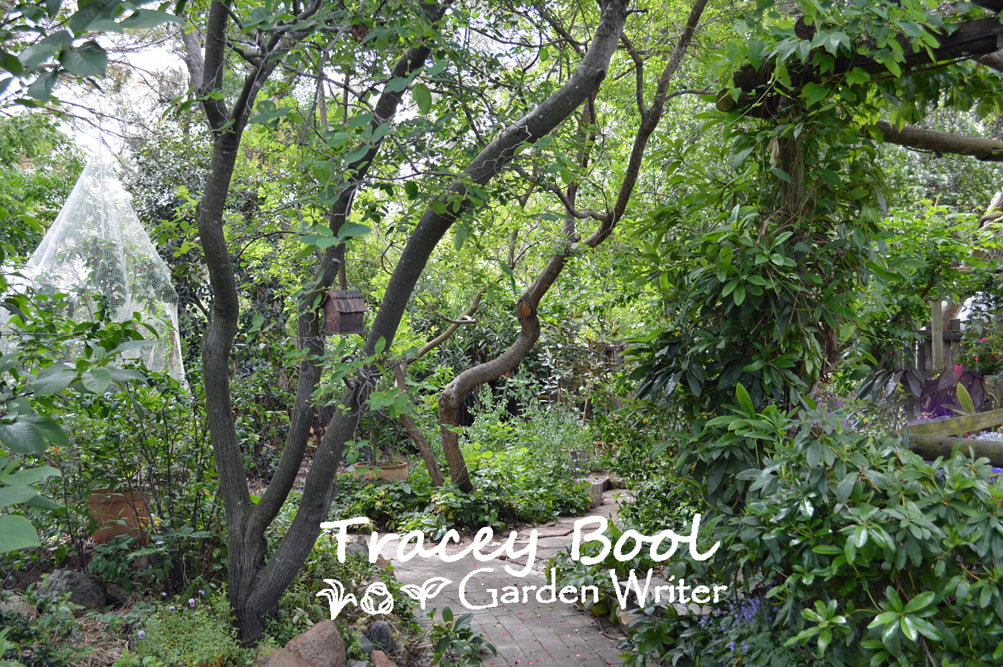|
Carbon storage in urban environments
Plants, especially trees in our urban landscape and backyards, have the ability to absorb and store carbon over many years. In fact, healthy forests, especially those with a diversity of plants, animals, fungi and organic matter, play a critical role in regulating greenhouse gas emissions in the atmosphere. Having green spaces in our urban environments enables us to:
To put matters into perspective, a healthy 8m Eucalyptus tree with a 40cm diameter has the potential to sequester 1 tonne of carbon in its lifetime! Due to increased volume and ability to photosynthesise, larger longer-lived trees with broader crowns store more carbon than smaller ones do. Indigenous plant species, which are more likely to thrive in local conditions, often store carbon more effectively than non-indigenous and exotic trees. Things you need to know before planting for carbon storage in your backyard:
Where to buy Australian native plants: Cool Country Natives in Pialligo is a reputable supplier of native plants, including those endemic to the ACT region. They also hold regular market days https://www.coolcountrynatives.com.au/. The Australian Native Plant Society holds seasonal native plant sales at the ANBG during spring and autumn (check the ‘What’s On’ page for details): https://parksaustralia.gov.au/botanic-gardens/do/whats-on/. Nindethana Australian Seeds offer a large range of native seeds: https://www.nindethana.net.au/ |

